Many expect that a Texas judge’s ruling Friday that the Affordable Care Act is unconstitutional will be overturned on appeal. The reason for that is that it’s flat-out nuts. It posits that because the Supreme Court previously upheld the law’s individual mandate under Congress’ taxation powers, it became unconstitutional when Congress eliminated penalties for violating it as part of last year’s tax cuts, and therefore the entire law — not just the parts related to the mandate, like the guaranteed coverage for pre-existing conditions but also the expansion of Medicaid and even a requirement that restaurants post calorie counts on menus — must be struck down as well. Not even the Trump administration went that far. But nutty things happen where the Affordable Care Act and the courts are concerned, so Maryland leaders would be well advised to prepare for the unexpected, illogical and downright foolish.
Attorney General Brian Frosh has brought a suit of his own seeking to get the courts to affirmatively uphold the constitutionality of the individual mandate and the ACA as a whole. A hearing is scheduled in federal court in Baltimore on Wednesday. But legislators and Gov. Larry Hogan need to get involved, too. Maryland law does include guarantees of coverage for those with pre-existing conditions and a prohibition on charging someone higher rates because of their health status, but the statute in question refers to the federal law, and so there’s some debate about whether they would still stand if the ACA is overturned in the courts or by Congress. That’s easily fixed. Some states have stand-alone pre-existing condition protections, and Maryland can too. Lawmakers should make that happen as soon as they return to Annapolis in January.
States can have their own individual mandates. Massachusetts had such a requirement under the law that would become a prototype for the ACA, and the state has kept it on the books ever since. Health care advocates in Maryland have been pushing for the state to enact one, and they’ve come up with a unique and promising approach. Under what’s being called the “down payment” plan, Marylanders would be asked on their state tax returns whether they had qualifying health insurance coverage in the previous year (much as they are now on their federal returns). If not, they would be given the opportunity to use whatever penalty they would be assessed to cover part of the cost of an insurance policy. According to the proposal’s backers, as many as 100,000 uninsured Marylanders could buy coverage for no more than the cost of their mandate penalties when Obamacare premium subsidies are factored in.
Of course, those subsidies, which helped about 9.8 million people afford health insurance this year, are at risk in this lawsuit. So is the expansion of Medicaid eligibility to more adults, which resulted in about 15 million more people getting coverage, even though many Republican-controlled states refused to participate. Even the Trump administration argued in the Texas case that striking down the individual mandate shouldn’t upset the Medicaid expansion. Consequently, in a worst case legal scenario it’s not inconceivable that the Trump administration would support a continuation of that element of the law, either through new legislation or state-by-state waivers, like the one the George W. Bush administration approved to help Massachusetts launch what became known as Romneycare. The Hogan administration had success last year in working with the Trump Department of Health and Human Services to secure support for a reinsurance program that has reduced premiums on the individual marketplace, and officials need to be ready to do so again should it be necessary to preserve the Medicaid expansion.
Federal District Judge Reed O’Connor’s ruling Friday came just before the deadline in most states to enroll in ACA coverage for next year. Coupled with Congress’ decision to eliminate mandate penalties, it’s no surprise that enrollment nationally was trending behind last year’s figures by more than 10 percent. Maryland, though, bucked that trend, with enrollment up 2 percent overall and by larger figures among younger consumers (crucial for the continued health of the insurance pool) and minorities. That’s the product of a concerted effort by the governor, the legislature and state bureaucrats to make the program work. They need to keep at it, even as the courts make their job harder.
Last modified: December 17, 2018


